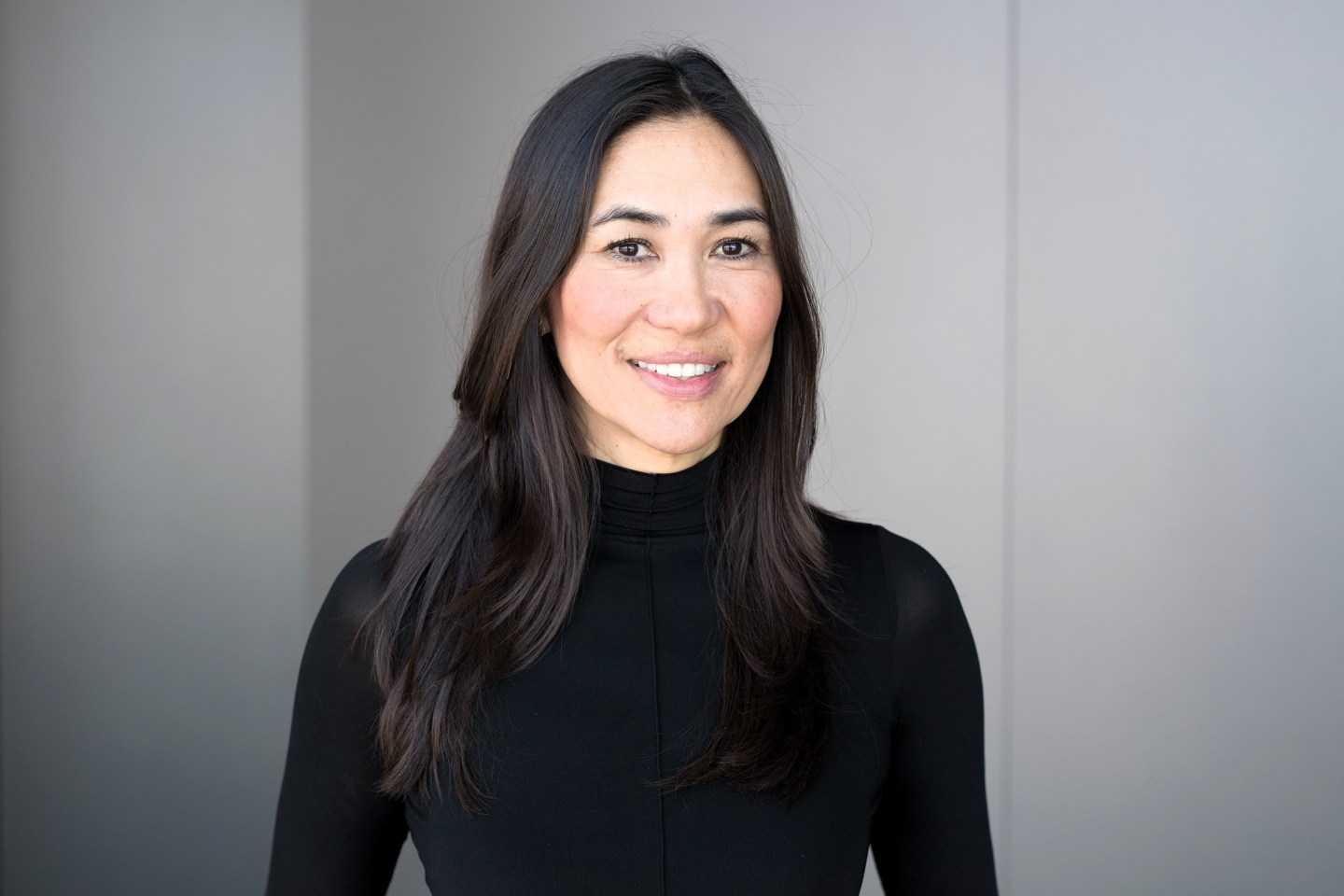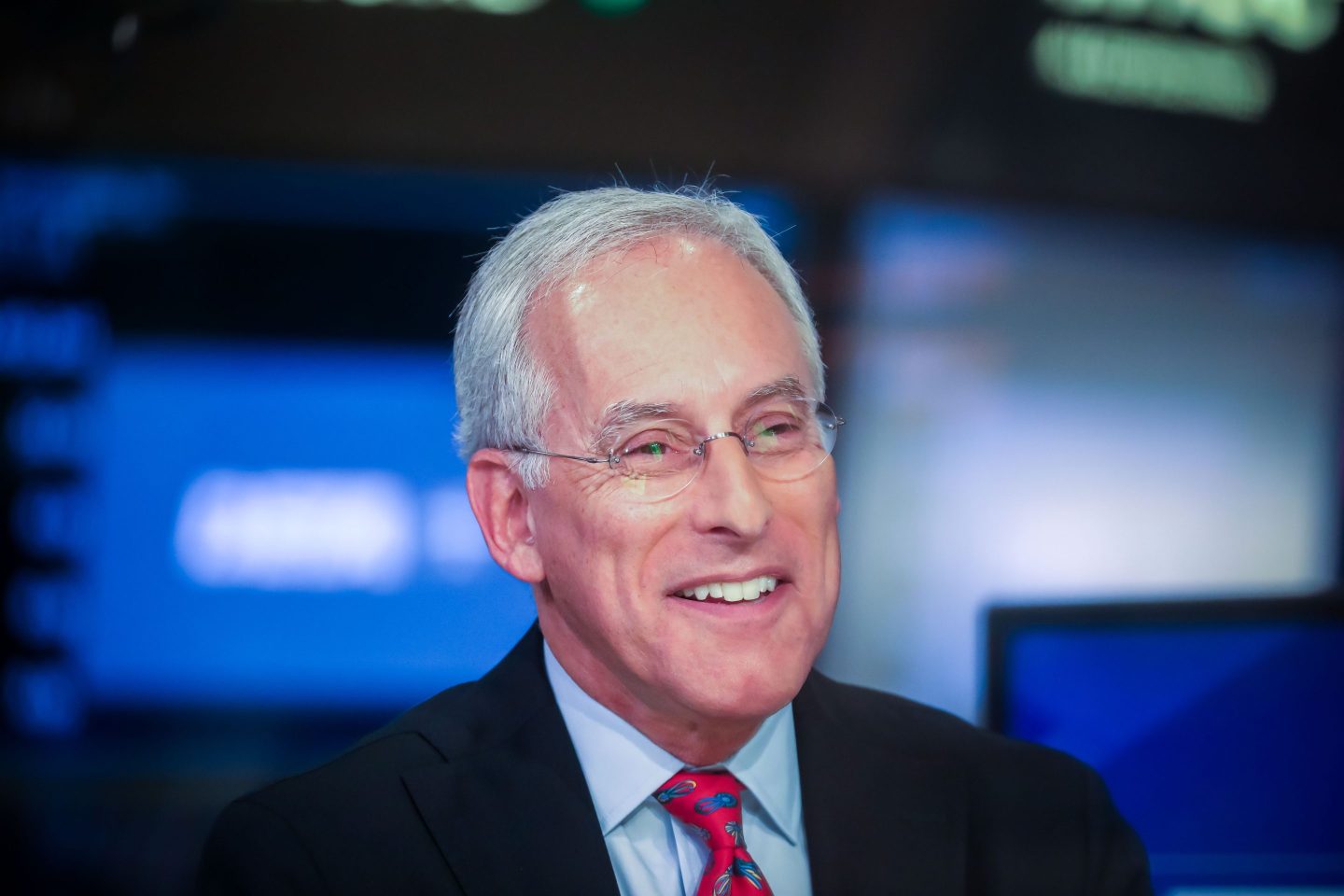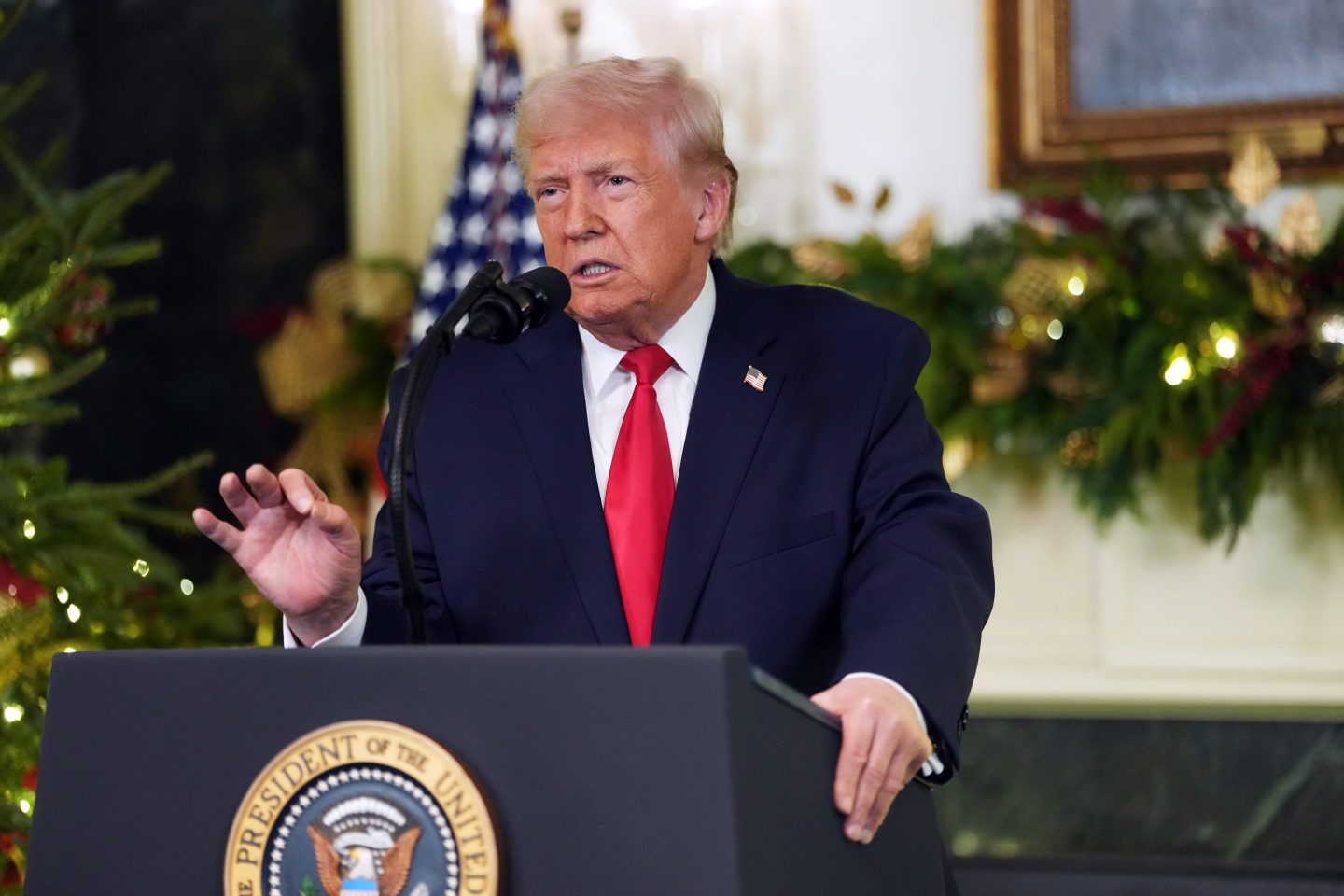Bank of America is betting big on its wealth and investment management business, essentially leaning further into the top echelons of the upper class.
The banking giant (No. 17 on the Fortune 500) hosted its first investment day since 2011 on Nov. 5 in Boston. Executives set ambitious goals for the wealth unit: 4% to 5% net new asset growth in Merrill Wealth Management over the next three to five years, and revenue growth nearly twice the rate of expenses, with a target return on allocated capital rising to 30% for the entire segment.
“There is a huge opportunity in the U.S. wealth business,” CEO Brian Moynihan told reporters during a roundtable session on Wednesday. The U.S. boasts over 20 million millionaires, with about 6 million in China, he added.
The U.S. is on the cusp of “The Great Wealth Transfer”—an intergenerational shift expected to move $84 trillion to $124 trillion from Baby Boomers to heirs and charities by the mid-2040s, fundamentally reshaping financial services and families.
Bank of America and other big banks such as JPMorgan Chase and Citigroup are expanding wealth-management operations—competing to retain assets and attract new clients among Millennials, Gen Z, and ultra-high-net-worth families, especially those seeking values-based investing and advanced digital tools.
Bank of America claims a 14% market share of the ultra-high-net-worth segment. “Our national footprint covers 90% of the wealth opportunity,” Katy Knox, president of Bank of America Private Bank, said at the event. “We are aligning resources to capture it,” she said. Knox also noted that the bank invests heavily to grow its advisor base.
“Our model combines institutional power with a personal, local approach,” Lindsay Hans, co-president of Merrill Wealth Management, said. The combined advisor force numbers about 15,000. Recruitment is key to organic growth, she said, and it’s supported by the advisor development program that takes new hires from foundational skills to advanced roles.
“The training program is as big as most of the other firms in the business,” Moynihan told reporters. “It takes a lot of energy, talent, and ability to succeed.”
As banks aggressively compete for wealth advisors, Moynihan noted that advanced technology like AI, which is more attractive to young professionals, could boost talent acquisition at Bank of America.
Advisors spend much of their time on client development and relationship building, especially early in their careers, he explained. “They’ve got to build a book, and then grow that book,” he said, adding that AI can accelerate that process.
For example, Merrill’s Advisor Match program uses AI to connect clients with advisors most suited to their needs, analyzing preferences and advisor profiles to streamline referrals and improve matching accuracy.
Bank of America raised its medium-term target for return on tangible common equity (an indication of how effectively a bank is using its physical, “tangible” assets) to 16%–18% over the next three to five years, up from its previous guidance of “mid-teens.” It posted ROTCE (return on tangible common equity) growth of 15.4% in Q3, compared with JPMorgan’s 20%.
Christopher McGratty, an analyst at KBW, reiterated his outperform rating on Bank of America, noting that the bank’s new medium-term ROTCE target of 16% to 18% was in line with analysts’ expectations.













